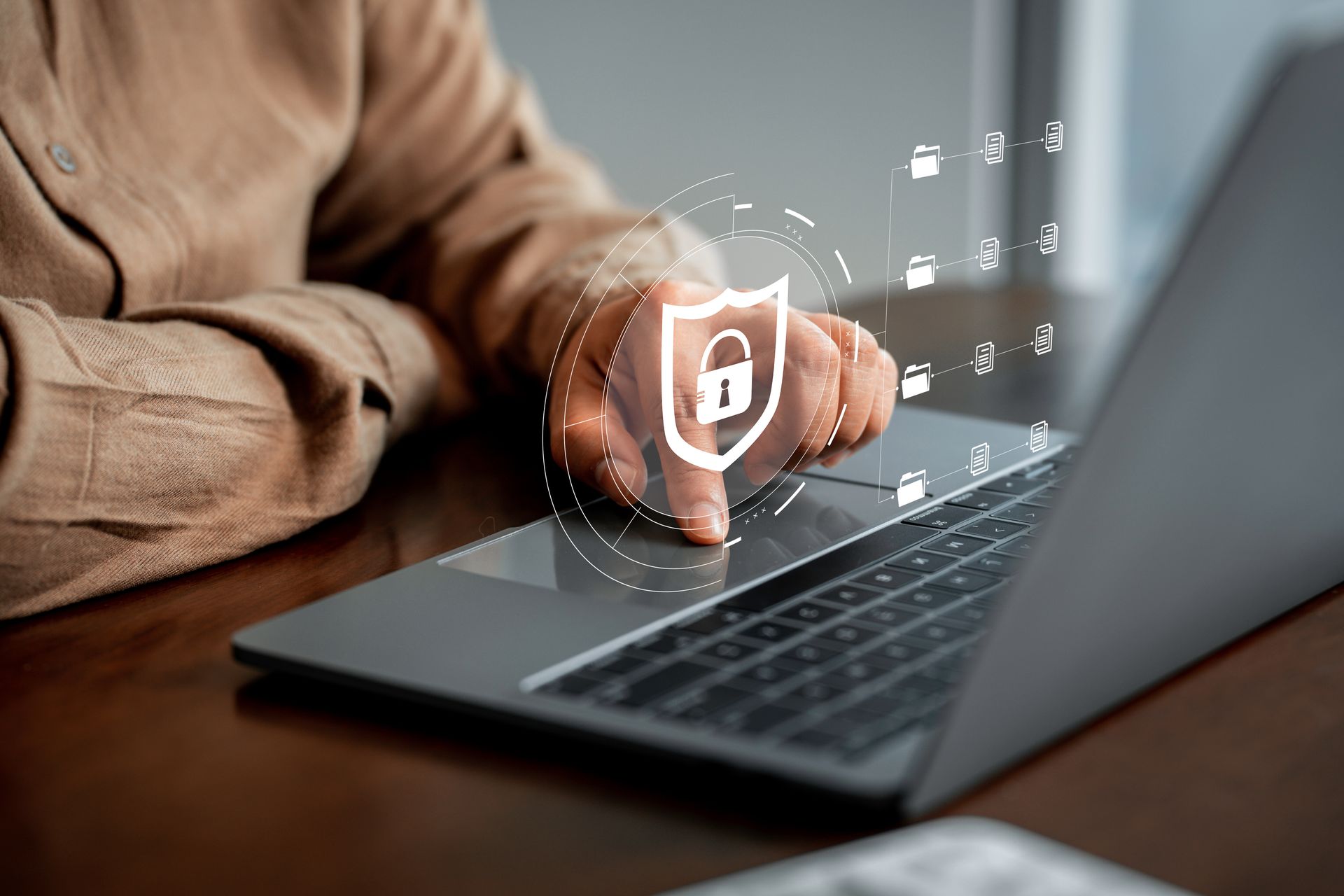How to Choose the Right Managed Cybersecurity Provider: A Comprehensive Guide
As cyber threats become increasingly sophisticated and frequent, businesses of all sizes recognize the importance of managed cybersecurity services. Partnering with the right managed cybersecurity provider can help protect your company from ransomware, phishing, data breaches, and other online threats while allowing you to focus on your core business activities. But with so many providers in the market, how do you choose the right one?
Why Choosing the Right Managed Cybersecurity Provider Matters
Choosing a managed cybersecurity provider is a crucial decision that can impact your business's security and success. A great provider will proactively defend your company from threats, respond quickly to incidents, and ensure compliance with industry regulations. On the other hand, a poor choice can leave your business vulnerable to attacks, costing you time, money, and possibly your reputation.
Let’s dive into the factors you should consider to make an informed choice.
1. Evaluate Their Certifications and Industry Standards
One of the first things to consider when evaluating a cybersecurity provider is their certifications. Industry-recognized certifications demonstrate that the provider’s team has the necessary expertise and follows best practices to secure your business.
Key Certifications to Look For:
- Certified Information Systems Security Professional (CISSP): This certification indicates advanced knowledge in designing, implementing, and managing cybersecurity programs.
- Certified Ethical Hacker (CEH): This certification focuses on identifying and fixing vulnerabilities from a hacker’s perspective.
- ISO/IEC 27001: Providers with this certification follow international standards for managing information security.
- CompTIA Security+: A foundational certification that shows proficiency in core security functions and best practices.
Certifications reassure that the provider has the right knowledge and skills to keep your business safe.
2. Understand Their Service Offerings
Managed cybersecurity providers vary in the range of services they offer. Ensure you choose a provider whose offerings align with your business’s needs. Here are some key services to look for:
Core Managed Cybersecurity Services:
- 24/7 Monitoring: Continuous monitoring of your systems to detect and respond to threats in real-time.
- Threat Detection and Response: Advanced threat detection tools and rapid incident response capabilities to minimize damage.
- Vulnerability Assessments and Penetration Testing: Regular network assessments to identify and fix potential vulnerabilities before attackers can exploit them.
- Compliance Management: Support in meeting industry regulations, such as GDPR, HIPAA, or PCI-DSS.
- Security Awareness Training: Education programs to train your employees on best practices for avoiding phishing scams, malware, and other threats.
Before choosing a provider, assess your business’s needs and ensure that the provider offers comprehensive services covering all aspects of your cybersecurity.
3. Assess Their Incident Response Capabilities
Even with the best preventive measures, cyber incidents can still happen. When evaluating a managed cybersecurity provider, it’s essential to understand their approach to incident response. You need a provider that can react quickly and effectively to minimize damage in the event of an attack.
Key Questions to Ask:
- What is their average response time? Time is critical during a cyberattack. The faster your provider can detect and respond to a threat, the less damage it can do.
- Do they have a defined incident response plan? Ensure the provider has a well-documented plan outlining the steps they will take during a breach.
- How do they handle communication during an incident? Clear communication during a cyber incident is vital to keep your team informed and coordinated.
4. Review Customer Testimonials and Case Studies
Customer reviews and case studies provide insight into a provider’s track record and how they’ve helped businesses overcome cybersecurity challenges. Look for testimonials on the provider’s website, but don’t stop there—check third-party review sites like Google Reviews, G2, or Trustpilot for unbiased feedback.
What to Look for in Reviews:
- Response Times: How quickly did the provider respond to incidents?
- Customer Support: Were customers satisfied with the level of support provided?
- Effectiveness: Did the provider protect the customer’s business from cyber threats?
Case studies can also give you a deeper understanding of how the provider works with businesses similar to yours and the results they’ve achieved. Ask for references from current or past clients to get a firsthand perspective.
5. Ensure Scalability and Flexibility
Your business’s cybersecurity needs will evolve as it grows, so it’s important to choose a provider that can scale its services accordingly. Ask potential providers how they will accommodate your growth and whether they offer customizable packages to meet your changing requirements.
Consider the Following:
- Can they scale services as your business grows? The provider should be able to adapt their offerings to support larger networks, more employees, or expanded data storage.
- Do they offer flexible service plans? Look for a provider that can tailor their services to your needs rather than offering a one-size-fits-all approach.
- Do they stay up-to-date with new threats? Cybersecurity is a constantly evolving field. Your provider should proactively update their tools and strategies to combat emerging threats.
6. Examine Their Compliance and Regulatory Knowledge
Depending on your industry, you may need to comply with specific regulations regarding data security and privacy, such as the General Data Protection Regulation (GDPR), Health Insurance Portability and Accountability Act (HIPAA), or the Payment Card Industry Data Security Standard (PCI-DSS). Failure to comply with these regulations can result in hefty fines and damage to your reputation.
When choosing a managed cybersecurity provider, ensure they have experience with the regulatory requirements relevant to your industry. The provider should help you implement and maintain the security controls to stay compliant.
7. Look for Transparent Pricing and Clear SLAs
Before committing to a provider, it’s crucial to understand their pricing structure. Some providers may offer flat-rate pricing, while others may charge based on the services you use. Ensure the provider is transparent about their fees so you don’t encounter unexpected costs.
Review the provider’s Service Level Agreement (SLA) to ensure you’re clear on what services they will deliver and the response times they guarantee. An SLA should outline:
- Uptime guarantees
- Incident response times
- Penalties for failure to meet these expectations
Clear SLAs and transparent pricing help set expectations and avoid surprises.
Conclusion
Choosing the right managed cybersecurity provider is a critical decision that can impact your business’s security, compliance, and overall success. You can make an informed decision that aligns with your business's needs by evaluating certifications, service offerings, incident response capabilities, customer reviews, scalability, compliance expertise, and pricing.
Managed cybersecurity services offer the peace of mind from knowing your company is being protected by experts. With the right provider, you can stay focused on growing your business while they handle cybersecurity's complex and ever-evolving challenges.
Take the time to vet potential providers thoroughly, and you’ll be better positioned to safeguard your business against the growing tide of cyber threats.


